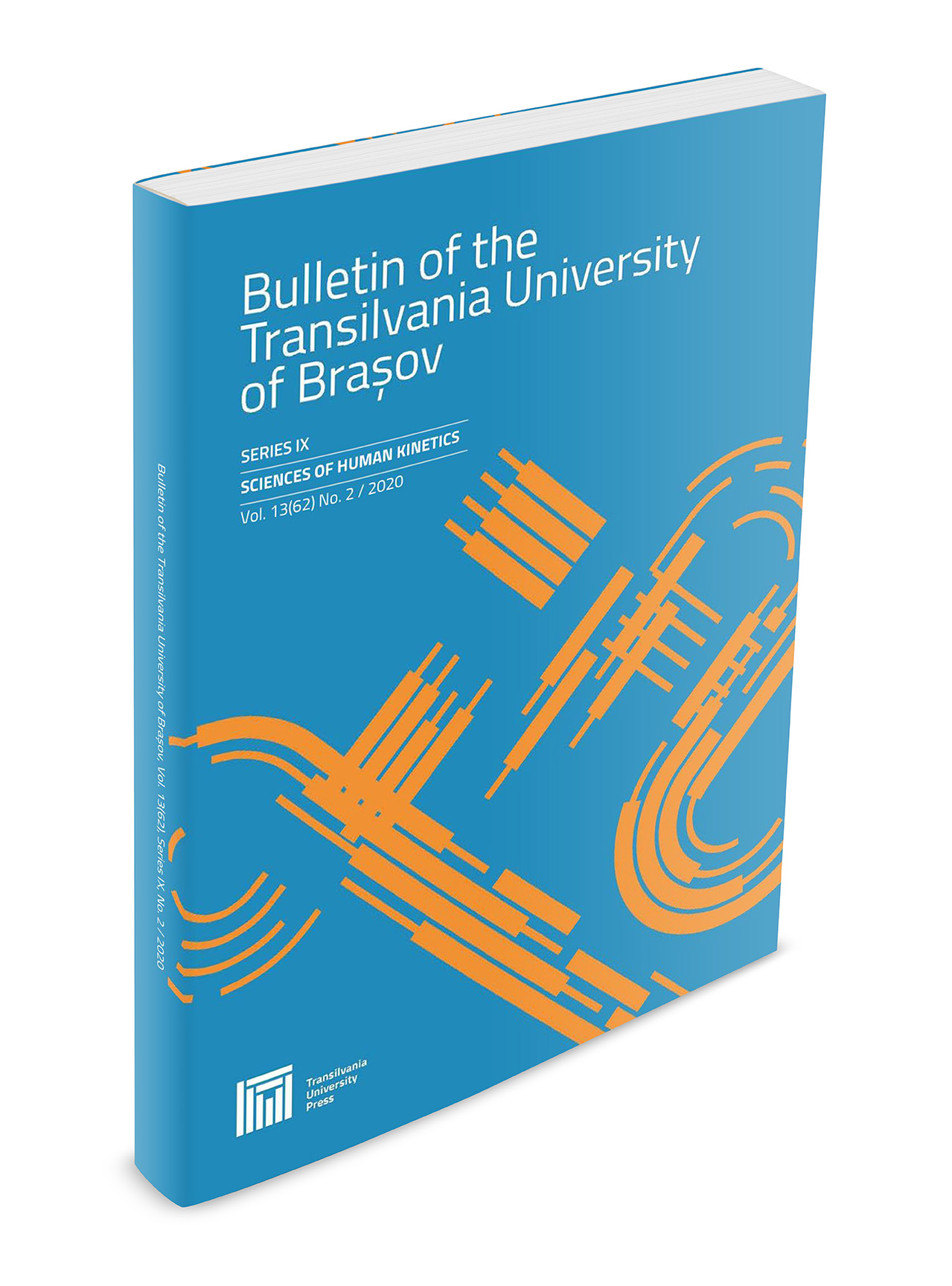Influence of Sensory-motor Coordination on the Technical Training in Women’s Artistic Gymnastics
Keywords:
biomechanical analysis, sensory-motor coordination, gymnastics, technical training, performanceAbstract
Artistic gymnastics practice requires particular aptitudes from those who wish to achieve special performances. This paper aims to highlight the influence of sensory-motor coordination on the technical training in women’s artistic gymnastics. With this aim in view, we have considered that the assessment of sensory-motor coordination, consistent with the biomechanical analysis of the key elements of sports technique, would highlight their influence on the technical training and on the performances achieved in competition. The study was conducted throughout the period November – December 2012 on a group of 9 junior female gymnasts 12 to 14 years old, members of the Olympic team of juniors of Deva. The work intends an ascertain a study of the training level of the junior gymnasts who are included in the research that will be carried out during the post-doctoral studies. The results of the study highlight the development of sensory-motor coordination in terms of spatial-temporal coordination, balance, and vestibular coordination; kinematic and dynamic analysis of the key elements of sports technique regarding the trajectories of body segments, the angular speeds and the momentum of force in the backward giant with handstand 360º twist on uneven bars; there are also shown the results achieved in competition as for the score D, E and final score on apparatus.Downloads
Published
Issue
Section
License
Copyright (c) 2013 Bulletin of the Transilvania University of Braşov. Series IX: Sciences of Human Kinetics

This work is licensed under a Creative Commons Attribution 4.0 International License.





